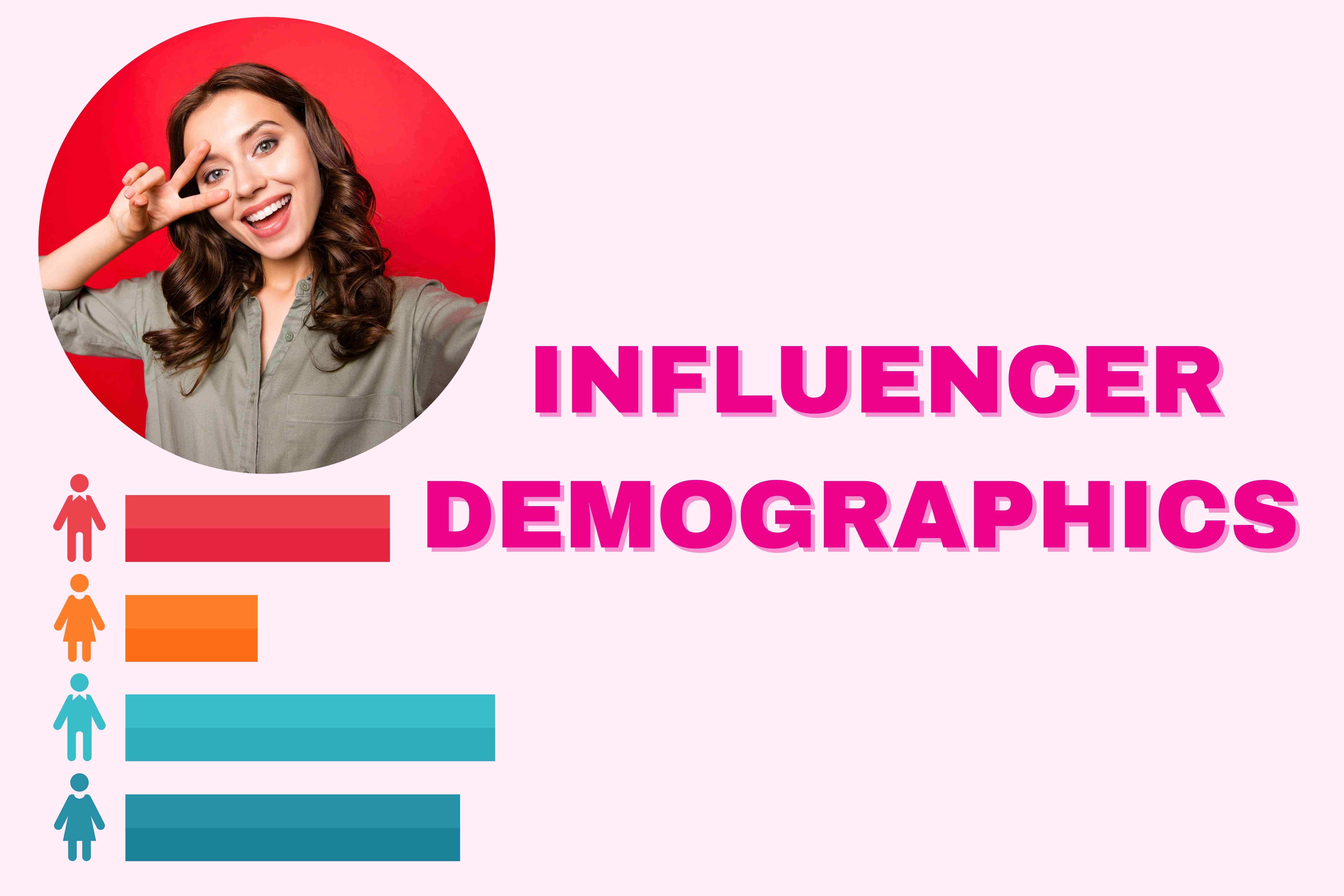Table of Contents
- Introduction
- The Importance of Influencer Demographics for SEO
- How Influencer Demographics Impact SEO
- Actionable Tips for Analyzing Influencer Demographics
- Latest SEO Trends Related to Influencer Demographics
- Conclusion
- About Don Hesh SEO
Introduction
In today’s digital marketing landscape, influencers play a crucial role in driving traffic and boosting SEO for online stores. However, not all influencers are created equal. To maximize the impact of influencer marketing on SEO, it’s essential to analyze and understand the demographics of the influencers you choose to work with. This blog will explore how analyzing influencer demographics can enhance your SEO efforts, provide actionable tips for conducting this analysis, and highlight the latest SEO trends relevant to influencer demographics.
The Importance of Influencer Demographics for SEO
Understanding the demographics of influencers is key to aligning their reach with your target audience. Demographics such as age, gender, location, and interests can significantly affect the effectiveness of an influencer’s content in driving relevant traffic to your website. By choosing influencers whose demographics match those of your ideal customers, you can increase the chances of attracting visitors who are more likely to engage with your content and convert into customers.
Key reasons influencer demographics matter for SEO:
- Targeted Traffic: Influencers with a follower base that matches your target audience are more likely to drive relevant, high-quality traffic to your site.
- Increased Engagement: Content that resonates with a specific demographic is more likely to generate higher engagement rates, which can positively impact SEO.
- Better Conversion Rates: When influencer content is tailored to the right demographic, the likelihood of converting visitors into customers increases.
How Influencer Demographics Impact SEO
Influencer demographics have a direct impact on the success of your SEO strategy. The more closely aligned the demographics of an influencer’s audience are with your target market, the more effective the campaign will be in terms of driving organic traffic and improving search engine rankings.
Ways influencer demographics impact SEO:
- Relevance of Traffic: Search engines favor websites that attract relevant traffic. When influencer demographics align with your target audience, the traffic they drive is more likely to be relevant, which can improve your SEO ranking.
- User Experience: Visitors who find content that speaks to their interests and needs are more likely to stay on your site longer, reducing bounce rates and signaling to search engines that your content is valuable.
- Social Signals: High engagement from the right demographic can lead to more social shares, comments, and other social signals that indirectly boost your SEO.
Actionable Tips for Analyzing Influencer Demographics
Identify Relevant Demographic Metrics
The first step in analyzing influencer demographics is to identify the metrics that matter most to your business. Common demographic metrics include age, gender, location, income level, education, and interests. Depending on your target audience, some of these metrics may be more important than others.
Steps to identify relevant metrics:
- Define Your Target Audience: Clearly outline the demographics of your ideal customers, including age, gender, and location.
- Prioritize Metrics: Determine which demographic factors are most likely to influence purchasing decisions for your products or services.
- Focus on Interests: In addition to basic demographics, consider the interests and hobbies of the influencer’s audience, as these can provide valuable insights into their behavior.
Use Analytics Tools for Data Gathering
To effectively analyze influencer demographics, you’ll need access to accurate data. Many social media platforms and influencer marketing tools offer insights into an influencer’s audience demographics. These tools can help you assess whether an influencer’s followers align with your target market.
Tools for gathering demographic data:
- Instagram Insights: For Instagram influencers, use Instagram Insights to access data on follower demographics, including age, gender, and location.
- YouTube Analytics: YouTube Analytics provides detailed demographic data on viewers, which can help you assess the relevance of a YouTube influencer’s audience.
- Influencer Marketing Platforms: Platforms like AspireIQ, Traackr, and HypeAuditor offer comprehensive demographic analysis for influencers across various social media channels.
Align Influencer Demographics with Your Target Audience
Once you have gathered demographic data, the next step is to align the influencer’s audience demographics with your target audience. This alignment ensures that the content created by the influencer resonates with the people most likely to engage with your brand.
Steps to align demographics:
- Compare Data: Compare the demographic data of the influencer’s audience with the demographics of your target market.
- Evaluate Fit: Assess how well the influencer’s audience demographics align with your goals, and consider the potential impact on your SEO.
- Make Adjustments: If necessary, refine your influencer selection to better match your target audience.
Monitor and Adjust Strategy Based on Performance
Analyzing influencer demographics is an ongoing process. After launching a campaign, it’s important to monitor performance metrics to ensure that the influencer’s audience is driving the desired results. Based on this data, you can adjust your strategy as needed.
Monitoring and adjustment tips:
- Track Traffic and Engagement: Use Google Analytics and social media analytics tools to monitor the traffic and engagement generated by the influencer campaign.
- Assess Conversion Rates: Evaluate how well the traffic from the influencer is converting into sales or leads.
- Refine Influencer Selection: If the results aren’t meeting your expectations, consider refining your criteria for selecting influencers in future campaigns.
Latest SEO Trends Related to Influencer Demographics
Personalized Content Marketing
Personalization is becoming increasingly important in digital marketing, and influencer marketing is no exception. Influencers who create personalized content that speaks directly to their audience’s demographics can drive higher engagement and better SEO results.
Personalization trends:
- Tailored Messaging: Encourage influencers to create content that addresses the specific needs and interests of their audience.
- Segmentation: Use demographic data to segment your audience and deliver personalized content through influencers.
- Dynamic Content: Leverage influencers who use dynamic content, such as interactive polls or quizzes, to engage different demographic segments.
Localized SEO Strategies
Localized SEO is gaining traction as businesses seek to connect with customers in specific geographic areas. Influencers with a strong local following can be valuable partners in executing a localized SEO strategy.
Localized SEO trends:
- Geo-Targeted Content: Work with influencers who can create content tailored to specific regions or cities.
- Local Keywords: Ensure that influencers incorporate local keywords into their content to improve visibility in local search results.
- Local Events and Partnerships: Partner with influencers to promote local events or collaborations that resonate with their audience’s location.
Diversity and Inclusion in Influencer Marketing
Diversity and inclusion are becoming increasingly important in influencer marketing. Brands that prioritize working with influencers from diverse backgrounds can connect with a broader audience and improve their SEO through more inclusive marketing strategies.
Diversity and inclusion trends:
- Inclusive Content: Collaborate with influencers to create content that reflects the diversity of their audience.
- Broad Representation: Choose influencers who represent different demographics, including race, gender, age, and culture.
- Cultural Sensitivity: Ensure that influencer content is culturally sensitive and resonates with diverse audiences.
Conclusion
Analyzing influencer demographics is a critical step in optimizing your influencer marketing strategy for SEO. By understanding the demographic makeup of an influencer’s audience, you can select the right influencers to drive targeted traffic, increase engagement, and improve conversion rates. Implementing the actionable tips and staying informed about the latest SEO trends related to influencer demographics will help you enhance your online store’s visibility and drive more organic traffic.
About Don Hesh SEO
Don Hesh SEO is a leading SEO consultant and Google Ads consultant dedicated to helping businesses enhance their online presence and drive organic traffic. Our expertise in AI-driven SEO strategies ensures that your business stays ahead of the competition. Partner with SEO Sydney to leverage the latest AI technologies and achieve your SEO goals efficiently and effectively.



